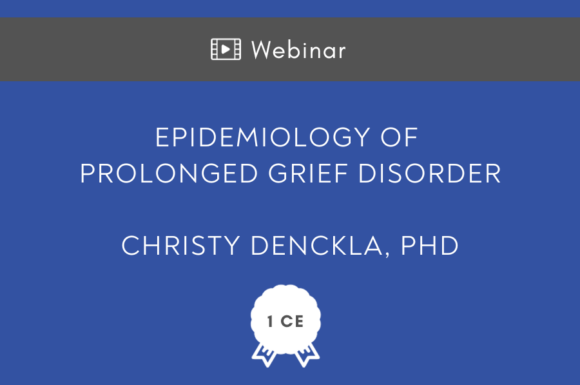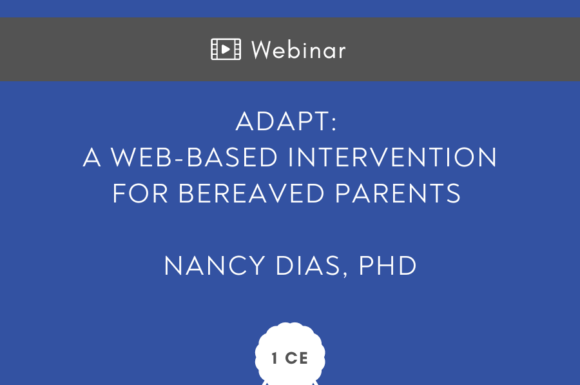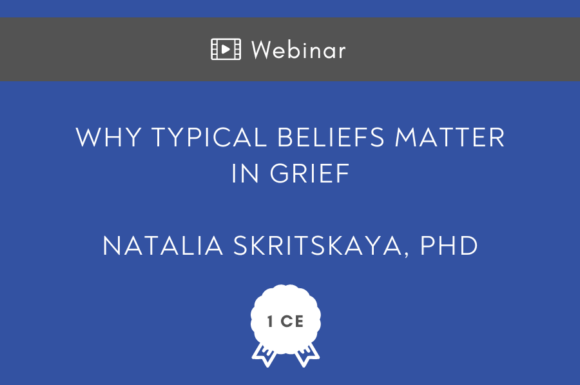



PG is not just prolonged. It’s intense and pervasive, sidelining almost everything else in everyday life for a period far longer than is expected by a bereaved person and their friends and family.
Prolonged Grief Treatment can make a big difference in the lives of people with PG. This evidence-based treatment invigorates the process of adapting to a loss.
We offer many opportunities for clinicians to deepen their understanding of Prolonged Grief and learn how to utilize PGT to effectively help people struggling to adapt to a difficult loss.
Prolonged Grief is different from depression and it’s different from PTSD. Effective help depends on a clear understanding of what a person is dealing with.
On-Demand Webinars
Prolonged Grief Treatment
The most extensively tested method available to help people with PG.
641
people participated in our randomized controlled trials
70%
of participants who received PGT were much improved
2x
as effective as gold standard treatment for depression









